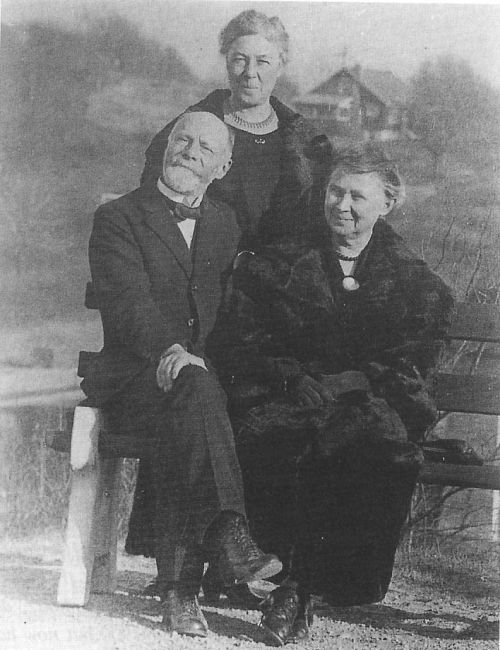

This is particularly important when the recommended agent is a new and/or infrequently employed drug.ĭisclaimer: The statements, opinions and data contained in this publication are solely those of the individual authors and contributors and not of the publishers and the editor(s). However, in view of ongoing research, changes in government regulations, and the constant flow of information relating to drug therapy and drug reactions, the reader is urged to check the package insert for each drug for any changes in indications and dosage and for added warnings and precautions. No part of this publication may be translated into other languages, reproduced or utilized in any form or by any means, electronic or mechanical, including photocopying, recording, microcopying, or by any information storage and retrieval system, without permission in writing from the publisher.ĭrug Dosage: The authors and the publisher have exerted every effort to ensure that drug selection and dosage set forth in this text are in accord with current recommendations and practice at the time of publication.

His laboratory at the University of Leiden has become a place of pilgrimage, visited by scientists from all over the world.Copyright: All rights reserved.
Willem einthoven portable#
Although it has been somewhat replaced by portable types and by models using amplification techniques like those used in radio communication, cardiograms from the string galvanometer have remained the standard of reference in numerous cases to this day.Īs a reward for his efforts and contributions to mankind Einthoven was awarded the Nobel Prize in Physiology or Medicine in 1924. The string galvanometer is the most reliable tool used in electrocardiography today. Einthoven’s genius came in refining it for use in measuring the heart’s rhythms, a process that took no less than three years of intense work. Truth be told, the principle behind the galvanometer was known and practical applications of it had already been developed in other fields of study. The result of his efforts was the string galvanometer. In 1908 he undertook the task of accurately recording the human heart’s sounds using the “Lippmann electrometer.” The inadequacy of the device spurred Einthoven to speculate on ways of improving it. This will enable us… to give relief to the suffering of our patients.”Īt the time, study of the human heart was very undeveloped. It was in a paper published in 1906 that he remarked upon the field that was soon to make him famous: “We should first endeavor to better understand the working of the heart in all its details, and the cause of a large variety of abnormalities. In 1886 he was made a professor of physiology at the University of Leiden, in Holland, where he taught until his death in 1927.įrom very early in his career Einthoven made important contributions to medical science, particularly in the fields of vision and respiration. Willem Einthoven was born on, in Semarang on the island of Java, in the former Dutch East Indies (now Indonesia). Such was the insatiable thirst for knowledge that drove the man who would become famous as the inventor of the electrocardiogram (EKG), one of the most important medical inventions of all time.

Willem einthoven pro#
The precocious and curious Einthoven made good use of his convalescence to study the pro and supination movements of the hand and the functions of the shoulder and elbow joints, using none other than himself as the patient. The result was a broken wrist that kept him from any strenuous activity for several months. One day, while engaging in his favorite sport, gymnastics, young Willem Einthoven tripped and fell.

Birthdate 1 Death date 9 Associated organizations University of Leiden Fields of study Electrocardiogram Awards Nobel Prize in Physiology or Medicine Biography


 0 kommentar(er)
0 kommentar(er)
